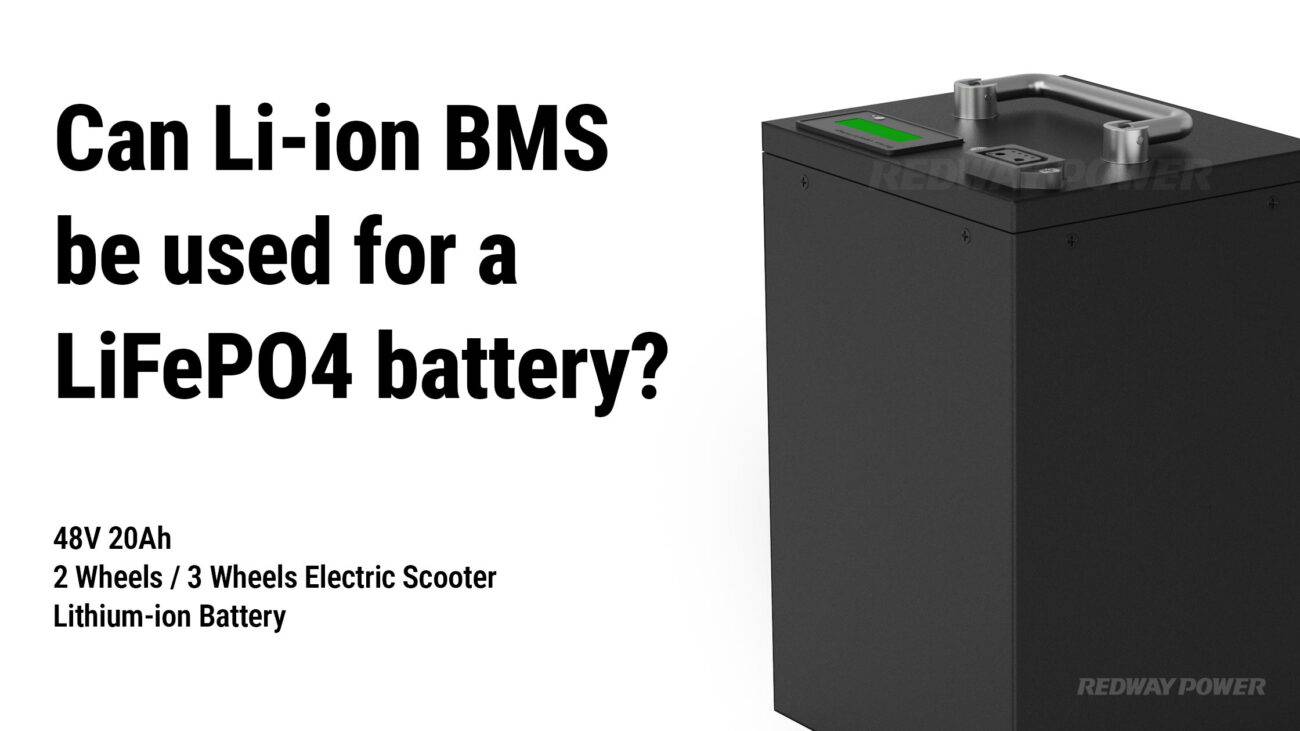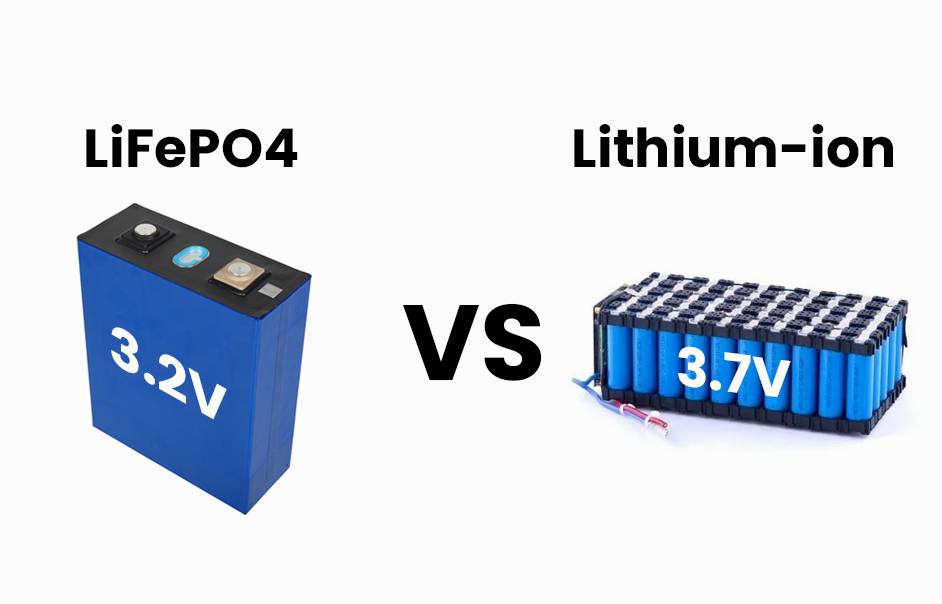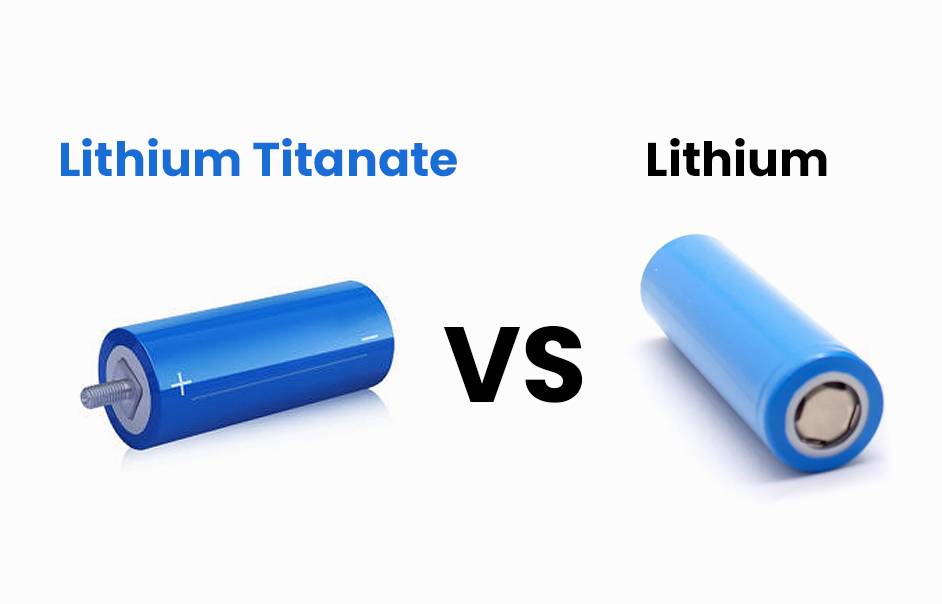This set of questions focuses on the safety features and considerations related to modern golf carts. Topics include the safety features found in modern golf carts, seatbelt options, lighting features, safety precautions for operating golf carts, and the specific safety considerations when driving golf carts on the road. Additionally, the inquiries explore measures that can be taken to enhance overall golf cart safety. Understanding these safety aspects is crucial for ensuring a safe and enjoyable golf cart experience.
Table of Contents
ToggleWhat safety features do modern golf carts have?
Modern golf carts prioritize safety with advanced features such as collision avoidance systems, adaptive headlights, rear-view cameras, seat belts, and lights. These features ensure a secure riding experience for golfers of all ages, mitigating risks and enhancing visibility. With their innovative safety measures, modern golf carts offer peace of mind and a secure transportation option on the golf course or any designated area.

-
Collision Avoidance Systems: Advanced golf carts are equipped with collision avoidance systems that use sensors to detect potential obstacles. These systems help prevent accidents by alerting the driver and automatically applying brakes if necessary.
-
Adaptive Headlights: Golf carts feature adaptive headlights that adjust their direction and intensity based on driving conditions. This ensures optimal visibility, especially during nighttime or in low-light environments.
-
Rear-View Cameras: Many golf carts are equipped with rear-view cameras, providing a clear view of the area behind the cart while reversing. This helps drivers maneuver safely and avoid collisions.
-
Seat Belts: Some golf carts come with seat belts or restraint systems to keep passengers securely fastened during the ride. This additional safety measure reduces the risk of injury in case of sudden stops or accidents.
-
Lights and Signals: Golf carts have headlights, taillights, turn signals, and brake lights to enhance visibility on the road. These lights ensure that other drivers can see the golf cart and anticipate its movements.
What are the seatbelt options for golf carts?
-
Lap Belts: Lap belts are a common seatbelt option for golf carts. They secure the occupant across the lap, providing a basic level of restraint during the ride.
-
Retractable Seat Belts: Retractable seat belts offer convenience and adjustability. These seat belts can be easily pulled out from the retractor mechanism and locked in place to provide a secure fit. They allow for easy movement and can be adjusted to accommodate different passengers.
-
Four-Point Seat Belts: For enhanced stability and security, four-point seat belts are available for golf carts. These seat belts consist of two shoulder straps and two lap straps, providing additional support and restraint for the occupants.
What lighting features are available for golf carts?

-
Headlights: Golf carts are equipped with headlights to provide illumination during low-light conditions. These headlights ensure clear visibility, allowing golfers to safely navigate the course or designated areas.
-
Taillights: Taillights are installed at the rear of the golf cart to enhance safety. These lights make the cart more visible to other drivers, reducing the risk of accidents.
-
Underglow Lights: Golf cart owners have the option to install underglow lights, which are placed underneath the cart. These lights add a stylish and eye-catching element, enhancing the cart’s appearance and making it stand out.
-
Accent Lights: Accent lights are additional lighting fixtures that can be installed on the golf cart to highlight specific areas or create a unique ambiance. They can be used to add a touch of personalization and style to the cart.
-
LED Light Kits: LED light kits offer a comprehensive lighting solution for golf carts. These kits often include headlights, taillights, turn signals, and sometimes underglow or accent lights. LED lights are energy-efficient, durable, and provide excellent illumination.
What safety precautions should be taken when operating a golf cart?
-
Maintain a Safe Speed: It is crucial to operate the golf cart at a safe speed, typically no faster than 15 mph. This allows for better control and reaction time, reducing the risk of accidents.
-
Intersection Safety: When approaching intersections, it is important to slow down and alert others by honking the horn. Using safety mirrors can help ensure pedestrian safety and provide a clear view of any potential hazards before proceeding.
-
Passenger Safety: All passengers should be advised to keep their feet, legs, hands, and arms inside the golf cart at all times. Before starting to drive, ensure that all passengers are fully seated and securely positioned.
-
Parking Considerations: When parking the golf cart, it is essential to avoid blocking emergency equipment, aisles, doorways, or intersections. This ensures clear access for emergency vehicles and other pedestrians, promoting a safe environment.
What are the safety considerations for driving a golf cart on the road?
-
Possessing a Valid Driver’s License: It is essential to possess a valid driver’s license or another form of government-issued photo identification to operate a golf cart on the road. This ensures that drivers have the necessary knowledge and skills to navigate public roads safely.
-
Wearing Seat Belts: Both the driver and passengers should always wear seat belts while driving the golf cart on the road. Seat belts provide crucial protection in the event of sudden stops or collisions.
-
Operating in a Courteous and Safe Manner: It is important to operate the golf cart in a courteous and safe manner, showing respect to other drivers, pedestrians, and cyclists on the road. This includes following traffic rules, yielding to pedestrians, and maintaining a safe distance from other vehicles.
-
Obeying Traffic Laws: To ensure safety on the road, it is vital to obey all applicable traffic laws, ordinances, and regulations. This includes adhering to speed limits, stopping at intersections, using turn signals when changing lanes or making turns, and yielding the right of way when necessary.
What measures can be taken to enhance golf cart safety?
-
Use Hand Signals: When operating a golf cart, it is important to use hand signals to indicate turns or stops. Clear and visible hand signals help communicate your intentions to other drivers and pedestrians, promoting a safer driving environment.
-
Avoid Distracted Driving: To maintain focus on the road, it is crucial to avoid distractions such as using cell phones, eating, or drinking while driving a golf cart. By staying attentive, you can quickly respond to any potential hazards or obstacles that may arise.
-
Slow Down and Exercise Caution: When approaching turns, driving on slopes, or navigating uneven terrain, it is advisable to reduce your speed. Slowing down allows for better control of the golf cart and minimizes the risk of accidents. Exercise caution and be mindful of your surroundings to ensure a safe ride.
-
Check Behind Before Reversing: Before operating the golf cart in reverse, always check behind to ensure there are no pedestrians, vehicles, or obstacles in your path. This simple precaution helps prevent accidents and promotes the safety of those around you.

























